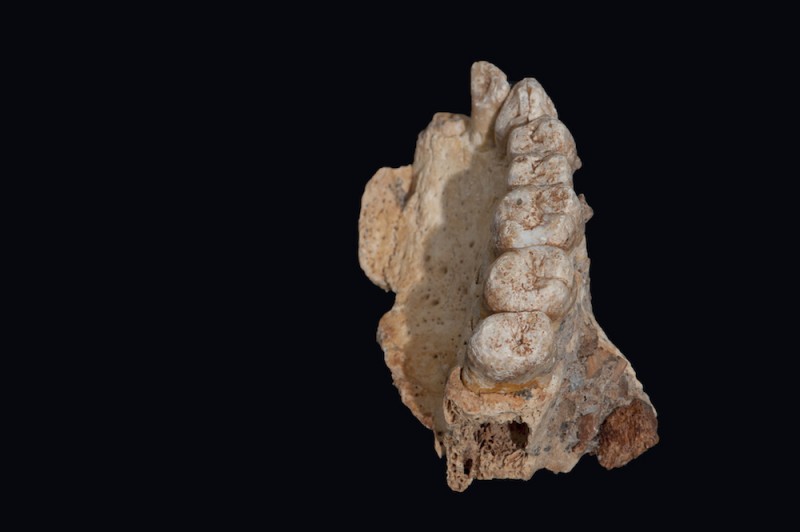New research reveals oldest known modern human fossil outside of Africa

An international archaeological research team, led by Israel Hershkovitz from Tel Aviv University and including Rolf Quam from Binghamton University, has discovered the earliest modern human fossil ever found outside of Africa, which could change the human evolution timeline. The finding suggests that modern humans left the continent at least 50,000 years earlier than previously thought.
“Misliya is an exciting discovery,” said Quam, anthropology professor and a coauthor of the study. “It provides the clearest evidence yet that our ancestors first migrated out of Africa much earlier than we previously believed. It also means that modern humans were potentially meeting and interacting during a longer period of time with other archaic human groups, providing more opportunity for cultural and biological exchanges.”
Fossil discovery
The fossil, an upper jawbone with several teeth, was found at a site called Misliya Cave in Israel, one of several prehistoric cave sites located on Mount Carmel. Several dating techniques applied to archaeological materials and the fossil itself suggest the jawbone is between 175,000 and 200,000 years old, pushing back the modern human migration out of Africa by at least 50,000 years.
Researchers analyzed the fossil remains relying on microCT scans and 3-D virtual models and compared it with other hominin fossils from Africa, Europe and Asia.
“While all of the anatomical details in the Misliya fossil are fully consistent with modern humans, some features are also found in Neandertals and other human groups,” said Quam. “One of the challenges in this study was identifying features in Misliya that are found only in modern humans. These are the features that provide the clearest signal of what species the Misliya fossil represents.”
Evidence changes human evolution timeline
The archaeological evidence reveals that the inhabitants of Misliya Cave were capable hunters of large game species, controlled the production of fire and were associated with an Early Middle Paleolithic stone tool kit, similar to that found with the earliest modern humans in Africa.
While older fossils of modern humans have been found in Africa, the timing and routes of modern human migration out of Africa are key issues for understanding the human evolution timeline, said the researchers. The region of the Middle East represents a major corridor for hominin migrations during the Pleistocene and has been occupied at different times by both modern humans and Neandertals.
This new archaeological research discovery opens the door to demographic replacement or genetic admixture with local populations earlier than previously thought, said Quam. Indeed, the evidence from Misliya is consistent with recent suggestions based on ancient DNA for an earlier migration, prior to 220,000 years ago, of modern humans out of Africa. Several recent archaeological and fossil discoveries in Asia are also pushing back the first appearance of modern humans in the region and, by implication, the migration out of Africa.
The article, “The earliest modern humans outside Africa,” was published in Science Magazine.
